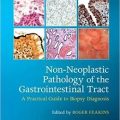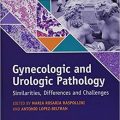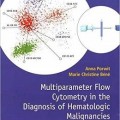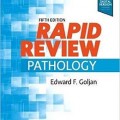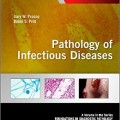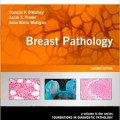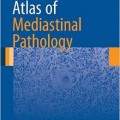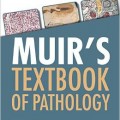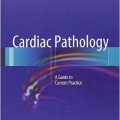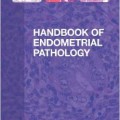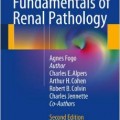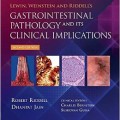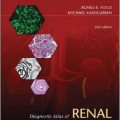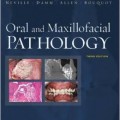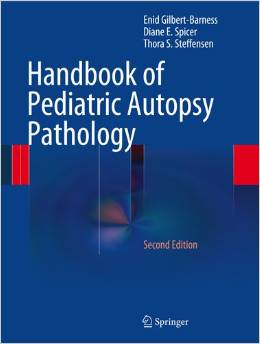دانلود کتاب هماتوپاتولوژی: مبانی در آسیب شناسی تشخیصی
Hematopathology: Foundations in Diagnostic Pathology, 2ed
Hematopathology, a volume in the Foundations in Diagnostic Pathology Series, packs all of today’s essential know-how into a concise, high-yield format! This medical reference book’s well-organized approach, full-color illustrations, and at-a-glance tables make the information you need easy to find, so you can diagnose the most commonly encountered hematologic conditions as efficiently and accurately as possible.
- Efficiently diagnose the most commonly encountered neoplastic and non-neoplastic conditions of the hematologic system.
- Review normal histology before examining abnormal findings.
- Reference information quickly with a user-friendly format that explores each entity’s clinical features, pathologic features, ancillary studies, differential diagnosis, and prognostic and therapeutic considerations.
- View key features of a wide variety of pathologies with hundreds of full-color illustrations.
- Check out the latest in the labs with new chapters on splenic pathology and flow cytometry.
- Get even more of the information you need with an expanded molecular pathology chapter than now highlights molecular diagnosis of red cell disorders.
- Access the full text and download images at expertconsult.com.
The Foundations in Diagnostic Pathology Series answers the call for fresh, affordable, and easy-to-use guidance. Each region-specific volume provides all of the most essential information on the pathologic entities encountered in practice. Series Editor: John R. Goldblum, MD, FACP, FASCP, FACG
A quick and easy reference, as a refresher or for those just starting out, on hematopathology.
Review
“This is an excellent book. It provides a well-balanced clinicohaematopathological approach to the full range of haematological conditions, leading the reader quickly to the important facts. The text and tables link the haematopathological and clinical context exceptionally well, and help the reader to understand complex and evolving areas of classification. The impressively large number of illustrations demonstrates the relevant features well, and without exception are of excellent quality. The fact sheets provide excellent summaries of clinical and pathological information. The book’s range is comprehensive.
The highest praise that I can offer this book is to say that, as a practising clinician who does not normally peer down the microscope, this book has whetted my appetite for improving my understanding the pathology of my field of clinical practice. I will undoubtedly use this book a great deal.” BMA Awards 2007

لینک کوتاه : https://bookbaz.ir/?p=7236
نویسنده : Eric D. Hsi MD
ناشر : Saunders; 2 edition
سال انتشار : 2012
زبان کتاب : انگلیسی
نوع فایل : PDF
تعداد صفحات : 760
(ISBN) شابک : 1437726062
قیمت کتاب درآمازون : $148.43
حجم فایل : 65 MB


























